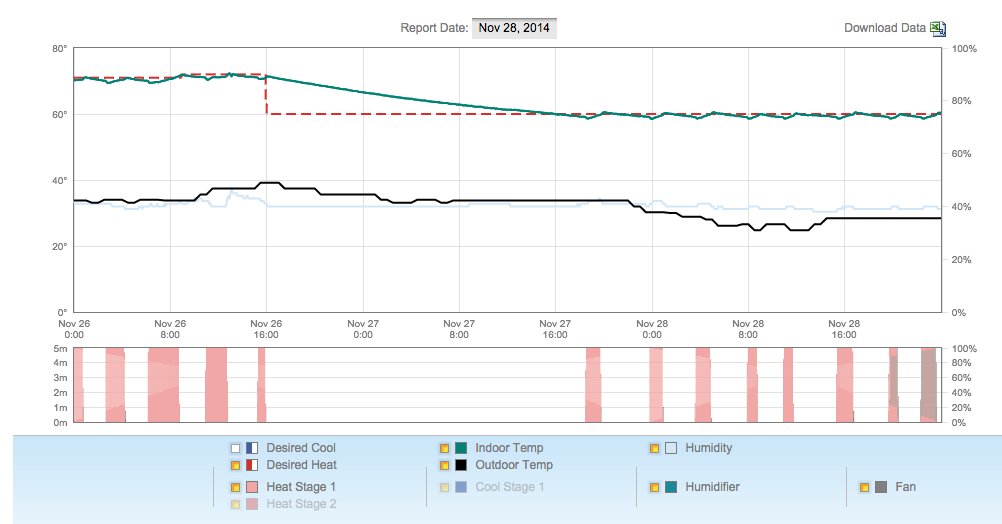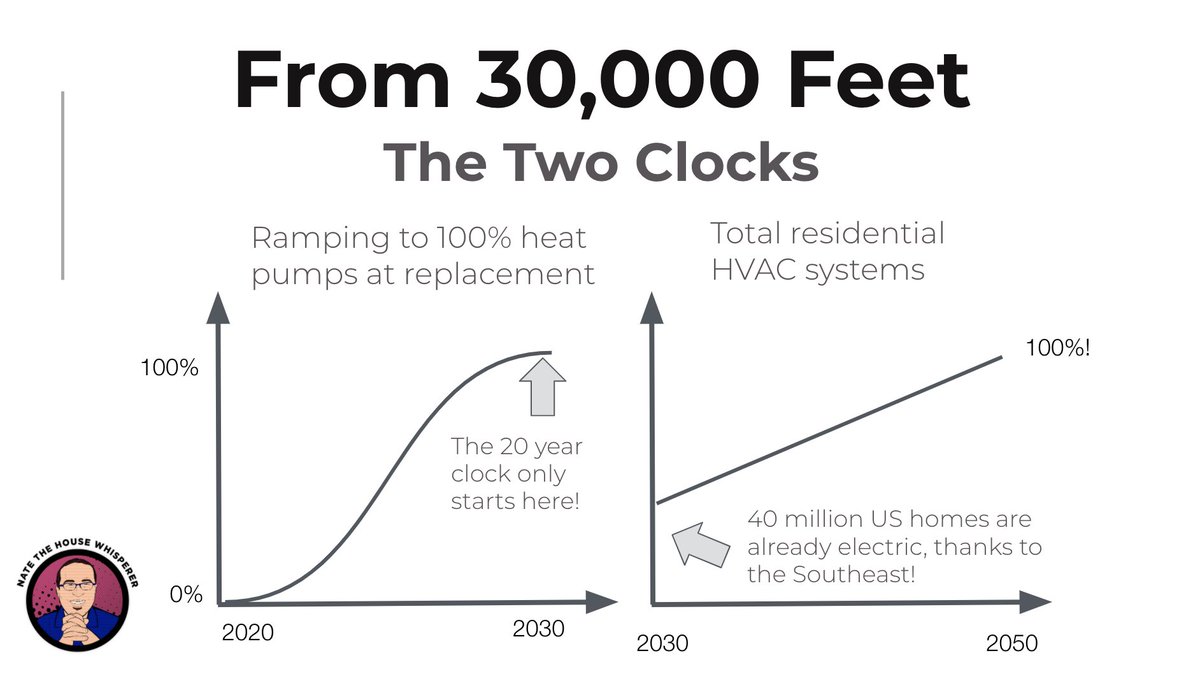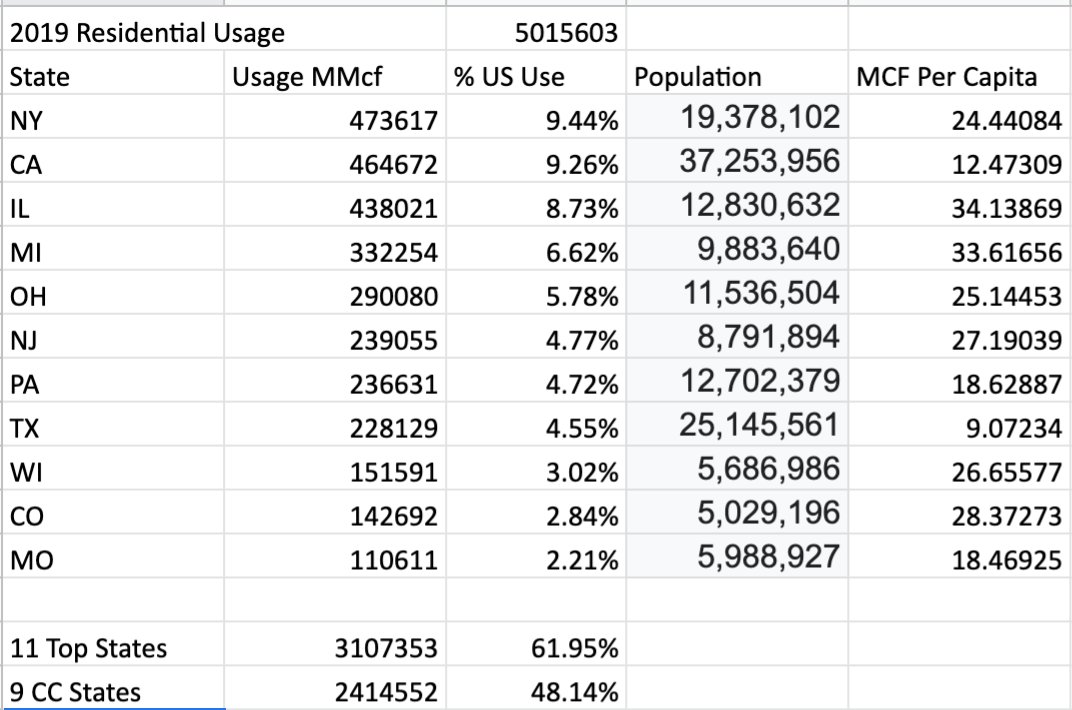
Tight well insulated homes perform well, exhibit A:
This 5000 sf new home in Cleveland with an 80kbtu 98% furnace and 4 ton heat pump is only at 67% capacity at 8F. That’s about 53kbtu/18kw output.
A 4 ton heat pump would be appropriate here. For a huge house!

This 5000 sf new home in Cleveland with an 80kbtu 98% furnace and 4 ton heat pump is only at 67% capacity at 8F. That’s about 53kbtu/18kw output.
A 4 ton heat pump would be appropriate here. For a huge house!


As we discuss resilience, air tightness is important. This house clocked a 1025 cfm50 blower door or about 1 ACH50.
Exhibit B: 2300 sf 1950 built ranch. 3 ton heat pump. 2000 cfm50. This heat pump shuts down automatically below 3 F. 5 kw/15,000 btus of backup heat is handling the house at this moment. 







Exhibit C: 2200 sf new ranch home, 545 cfm50. 4 ton Bryant 288 heat pump. This also shuts off below 3F and goes to resistance. Medium resistance is 10 kw or about 34,000 BTUs. 







As a counterpoint I've seen similar 2500 sf houses running their 80kbtu (and larger!) furnaces flat out in these temps.
• • •
Missing some Tweet in this thread? You can try to
force a refresh











